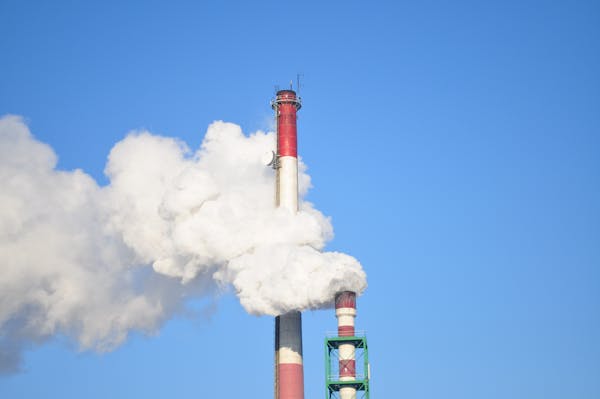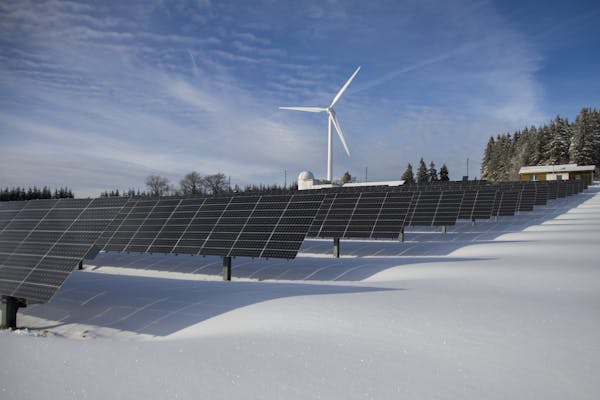Climate change is a worldwide phenomenon that has proven to be the most important hazard that our planet has faced up to now. Our planet’s health is being negatively affected by climate change. A lot of things are stricken by climate change, which includes dangerous effects on ecosystems, climate patterns, and human well-being. In this article, we will discover the threats as a result of climate change, the possibilities to address the problem, and how people comprehend the need to take pressing action.
Table of Contents
The Causes of Climate Change

Human interventions are the primary cause of climate change. Activities like the burning of fossil fuels and deforestation result in the discharge of large amounts of greenhouse gases into the ecosystem. Greenhouse gases like carbon dioxide (CO2), methane (CH4), and nitrous dioxide (N2O) are gases that are known for the greenhouse effect by trapping heat, which warms up the surroundings. The extended warm temperatures disrupt the ecosystems and weather patterns, resulting in climate change.
Fossil fuels are the backbone of human civilization and are used for a variety of things like energy production, industrial processes, and as a fuel for transportation. This contributes to the rising levels of CO2 in the atmosphere. Trees absorb CO2 all through photosynthesis, but deforestation is an issue that has triggered a decrease in the number of trees that can absorb CO2. Also, farming practices, including livestock farming and rice cultivation, contribute to the manufacturing of greenhouse gases like methane and nitrous oxide.
The Effects of Climate Change

There are many poor outcomes of climate change, which can be widespread across the planet. Due to the rise in global temperatures, polar ice caps and glaciers melt, which leads to a rise in sea levels. Increased sea levels can pose a threat to the low-lying coastal areas, causing flooding and displacement of communities.
The weather disaster also paves the way for natural calamities like hurricanes, droughts, and wildfires. These occasions are not only dangerous to lives, but they also disrupt the ecosystem and harm wildlife. The precipitation pattern changes, too, which causes severe situations like droughts in some regions and devastating floods in others.
The acid content inside the ocean increases because of increased CO2 absorption by the oceans, which is a potential risk for marine life. Coral reefs, which are vital for biodiversity and fisheries, are in danger and prone to bleaching and degradation. Marine ecosystems are tormented by this phenomenon, and this also places the livelihood of communities depending on fisheries in danger.
The Socio-Economic Ramifications

Climate change isn’t only an environmental issue but also a socio-monetary project with far-reaching consequences. Vulnerable communities, often the least responsible for greenhouse fuel emissions, endure the brunt of the impacts. Changes in climate patterns can lead to crop failures, threatening food security and exacerbating poverty in many areas.
Rising sea levels and severe weather events force people to relocate, leading to climate-induced migration. This phenomenon poses moral and humanitarian challenges as affected populations seek haven and face potential conflicts over dwindling assets.
The monetary toll of climate change is staggering. The increasing frequency and severity of natural disasters bring about substantial monetary losses, impacting infrastructure, agriculture, and insurance industries. Governments and businesses ought to adapt to these demanding situations, redirecting resources to deal with the effects and spend money on sustainable practices for the future.
The Urgency for Collective Action

Addressing climate change calls for a united and immediate response from people, communities, companies, and governments worldwide. Transitioning to renewable strength assets, which include solar and wind power, is a critical step in reducing greenhouse fuel emissions. Governments have to enforce and put in force policies that incentivize sustainable practices and penalize those contributing to environmental degradation.
Investments in research and innovation are essential to growing technologies that mitigate and adapt to climate change. This includes advancements in carbon capture and storage, sustainable agriculture practices, and resilient infrastructure.
Individuals can contribute by adopting more sustainable lifestyles – decreasing energy consumption, minimizing waste, and helping eco-friendly products and practices. Education and attention play a critical role in inspiring collective action and fostering a feeling of responsibility for the well-being of our planet.
Wrapping Up the Case
Climate change is a complex and urgent challenge that demands immediate and concerted efforts from all sectors of society. The outcomes of inactivity are dire, affecting not only the surroundings but also the socio-financial fabric of our world. By acknowledging the reasons, informing the consequences, and committing to collective action, we can pave the way for a sustainable future. It is a call to maintain the delicate balance of our planet, making sure that future generations inherit a world wherein the air is natural, the seas are healthy, and the climate is stable.








